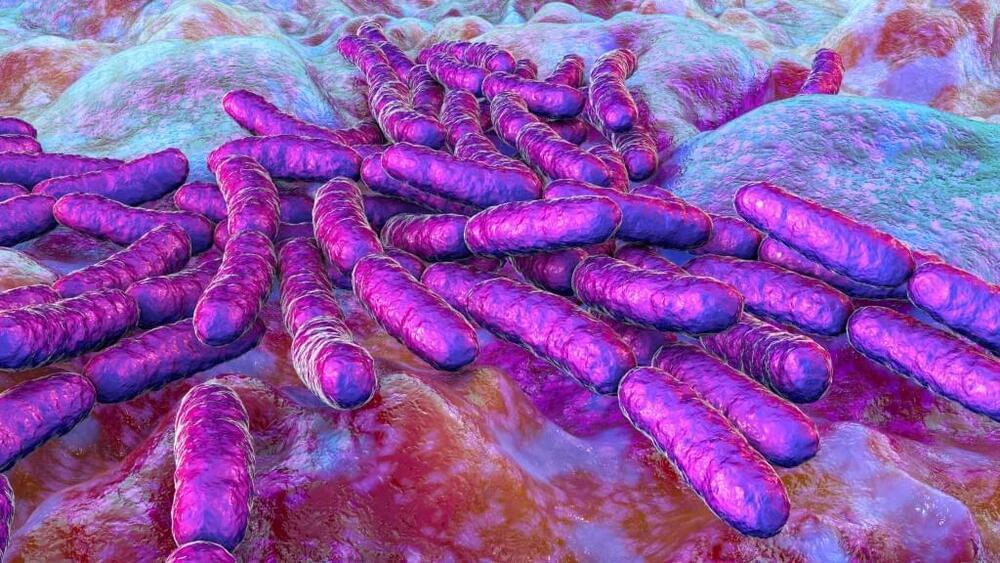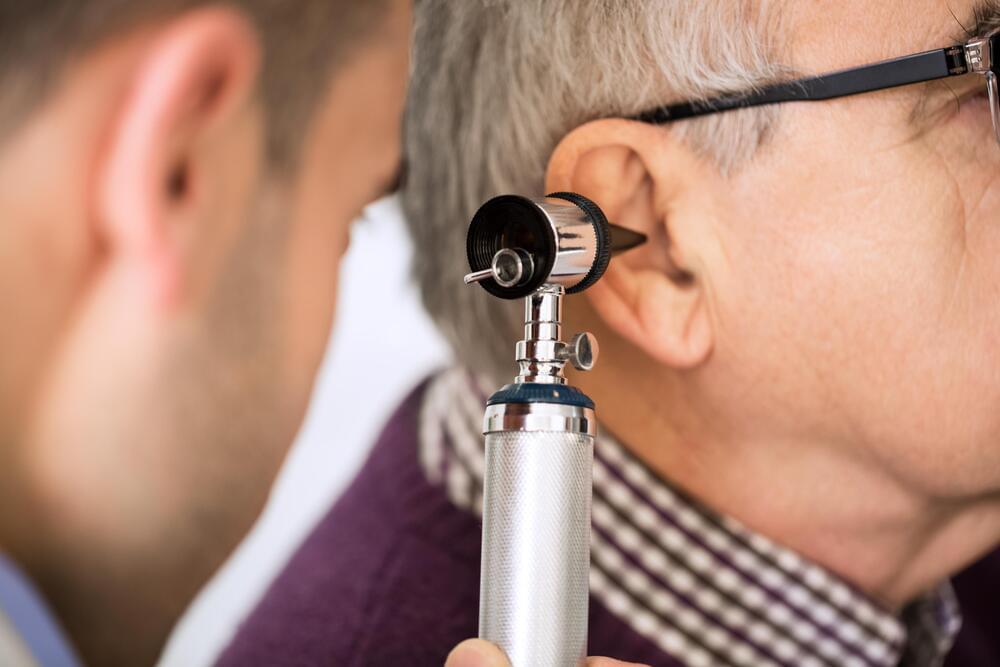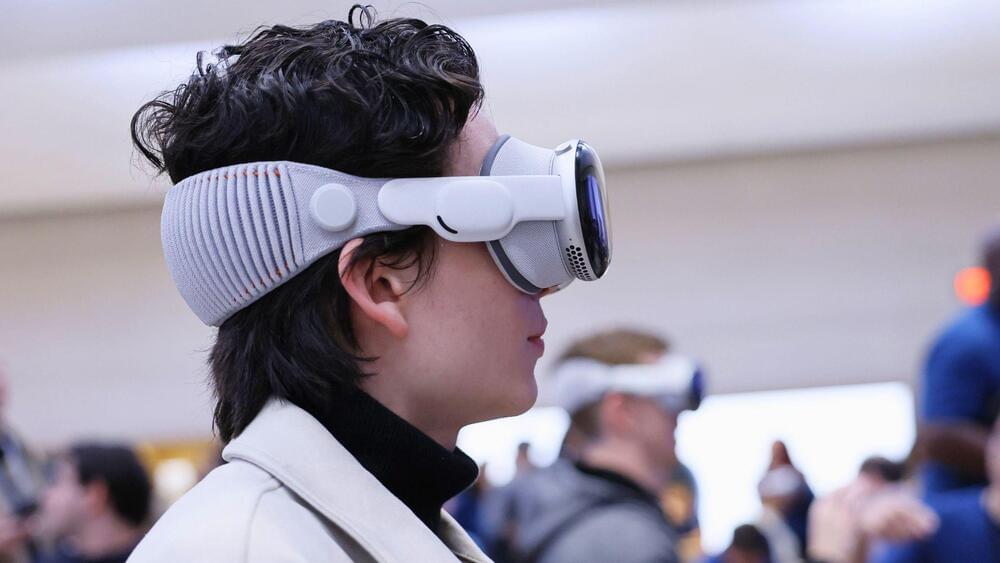San Francisco is fed up with all those robotaxis crowding its streets — and on Lunar New Year, some folks let off some steam about it.





An audio reading of The Machine Stops by E.M. Forster. Join this channel to get access to perks: https://www.youtube.com/channel/UCXG_10QqNnu62Z5RBeZYeZA/joinJ…


Apple is known for its “One More Thing” moments, unveiling a new product to revolutionize the industry. The Apple Vision Pro, the company’s first augmented reality headset, was supposed to be one of those products. But according to a recent report, it might take Apple a few more years and a few more versions to achieve its vision.
A revolutionary product that will become affordable eventually
The Apple Vision Pro, launched in late 2023, is a sleek and futuristic device that lets users interact with digital content overlayed in the real world. It runs on visionOS, a new operating system designed for immersive experiences. It also comes with a hefty price tag of $3,500, making it a niche product for early adopters and enthusiasts.
Valentine’s Day can be a great opportunity for couples to celebrate and appreciate each other. But what if you’re single?

